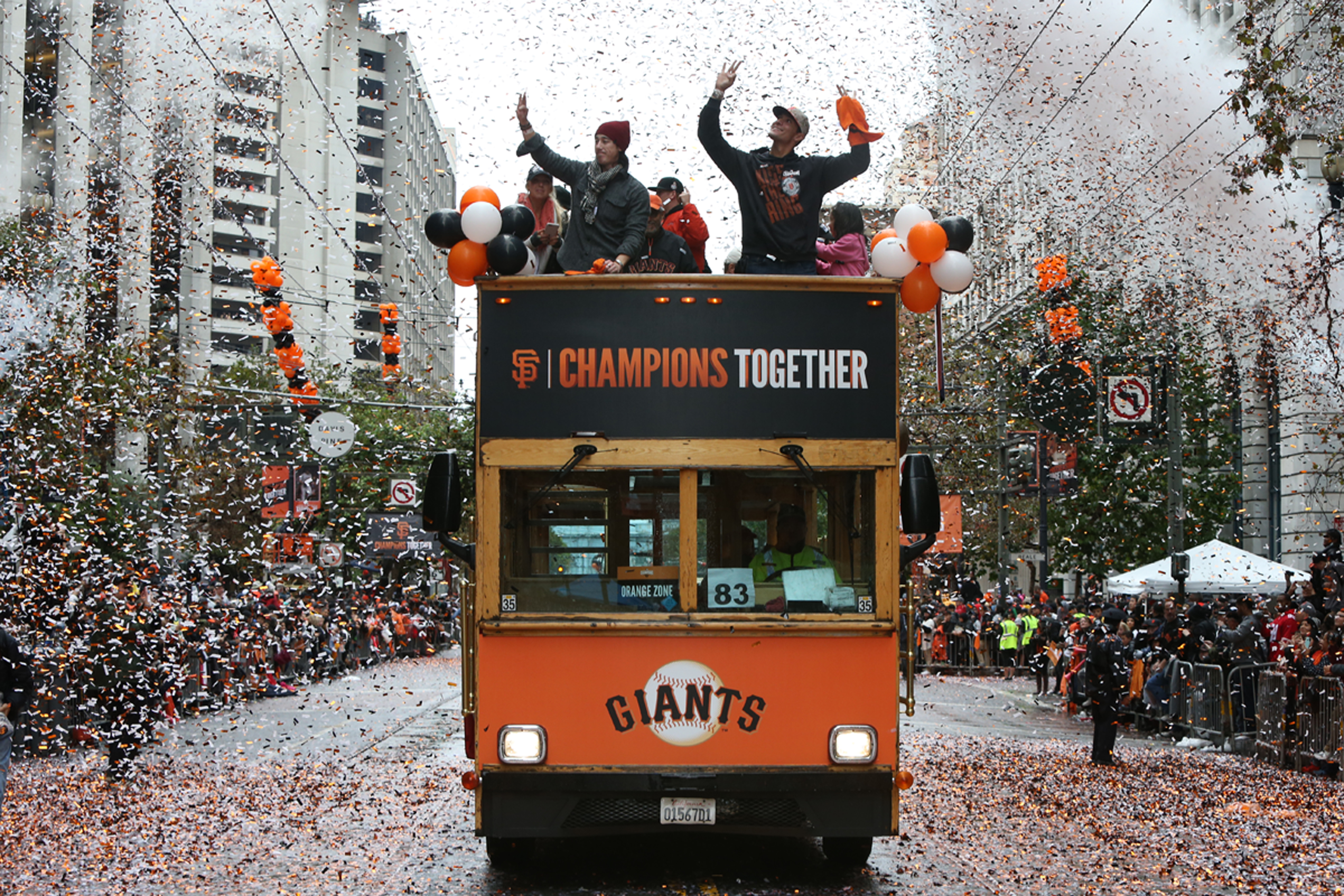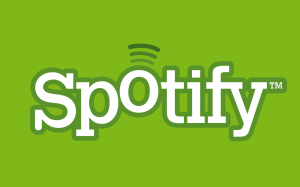It happened. The San Francisco Giants clinched the World Series for the third time in five years. A miracle? Perhaps, but also astounding is the economic impact its local baseball team has brought to the city.
The even-numbered years were the golden years, as the Giants won the World Series in 2010, 2012, and 2014. San Francisco experienced a drought of national sports championships until the Giants took reign, consequently bringing in larger crowds for local businesses.
In 2010, the city embraced the worldwide brand recognition of San Francisco as a new sports hotspot. Advertising costs during home games skyrocketed, and local tourism was at an all time high. From hotel and other sales taxes, the city felt the economic boon of winning its first World Series since 1954. According to Staci Slaughter, the Giants spokeswoman, sales at the ballpark store were about 150 percent higher than normal.
The exposure of the 2010 title also caught the attention of Larry Ellison, chief executive of Oracle, to choose San Francisco as the host city of America’s Cup – the sailing event of the year. To everyone’s surprise, this baseball fame was not a one-time event, as the city geared up for yet another wave of Giants fans in 2012.
The San Francisco Giants “swept” the Detroit Tigers to take the 2012 title – and during the two days the city hosted the World Series games, baseball fans added about $17.3 million into the local economy. Local restaurants were better prepared for the massive crowds, and the city embraced the incoming visitors with open arms. Although the numbers aren’t in for the 2014 winning season, it is expected that San Francisco was successful in bringing in record-breaking revenue.
Hosting World Series games is bound to bring in large profits, but it is still important to consider the costs associated with such an event. There is a parade put on by the winning city to celebrate the World Series title, and this is no cheap affair. For the 2012 celebration parade, the Giants dished out approximately $1 million for the set up, and the city itself paid $225,000 for security and transportation costs. Because of the excitement of the parade, attendance at local schools dropped 20 percent, resulting in a loss of $150,000 from the state (educational funding). This does not begin to cover the costs of damage to the city from rowdy crowds, or the cost of a large portion of its labor force on “sick leave” to watch the game; however, in San Francisco’s case, the benefits seem to outweigh the costs.
In addition to the crowd-drawing holiday season, San Francisco has persistently accumulated profits during “Orange October,” a phenomena that will hopefully continue throughout the Giants legacy. The baseball team is also riding their wave of success, as plans for a new enticing neighborhood near the ballpark is in the works. The $1.6 billion “Mission Rock” project would bring in thousands of new jobs, and another outlet for retail stores and restaurants to expand.
The Giants have put San Francisco on the map as a sports celebrated city, and the profits provide evidence for this success. Just a tip – because of increasing costs, it wouldn’t be a bad idea for fans to start booking their hotel rooms for 2016.




